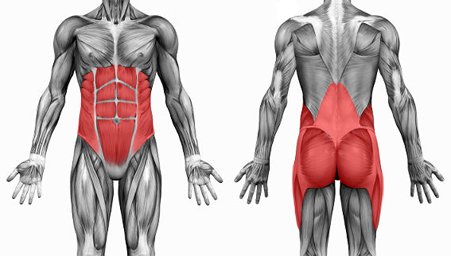As a pelvic therapist, one of the most common diagnoses I see is urinary incontinence. This sometimes can be called Over-Active Bladder Syndrome (incorrectly). One job of pelvic floor muscles is to be able to close the urethra (the tube that leads from bladder to outside the body) when you are not peeing. We need strong and healthy pelvic floor muscles so that you can jump and hop and sneeze and cough without leaking urine. We also need control of pelvic floor muscles so that we can avoid running to the bathroom with severe urgency. Here are a few things to keep in mind if you are struggling with urinary incontinence.
First of all, you do not need to deal with urinary leakage. Just because you had a baby, doesn’t mean you have to deal with leakage. Just because you are a woman older than 60 doesn’t mean you should be leaking. Kegels are not the only answer to gaining strength in pelvic floor muscles. Relaxation of these muscles is important too!
Restricting your water intake will not make you leak less! You should be drinking water all day, not coffee, not tea, not juice, but water. To figure out how much, take your weight and divide in half. Replace pounds with ounces and this is how much you should drink each day. For instance, If you way 140 lbs, divide by 2 for 70 lbs, change to 70 ounces. The inside of the bladder is lined with a mucus membrane. It likes to be awash with water, not acidic drinks or food like soda or coffee.
The bladder takes 2-4 hours to fill up. Are you peeing every 30-60 minutes? Then you are peeing too frequently. When you pee, is it only for a few seconds? A full bladder will take about 10 seconds or more to empty. Try counting next time! I give all of my clients a Daily Voiding Log to fill out. This tool helps reveal bad habits and patterns and it helps focus the therapy.
Many clients ask me, can incontinence be fixed. And the answer is “YES”. As long as you do your exercises, make modifications to your fluid intake and change your behavior surrounding frequent urination. Still have more questions? Make an appointment today with a pelvic floor specialist!




